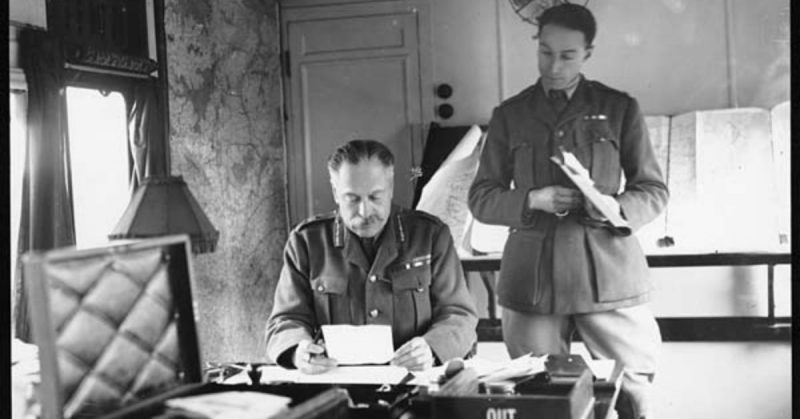Like most people, Haig used his diary to vent his anger and frustration, and some historians feel it’s unfair to assume he meant every heightened emotion on its pages.
No commander rests easily knowing that his orders and decisions determine the fates of thousands of young men, many of whom go straight to their deaths on the battlefield.
The commander suffers the slings and arrows of other military men who imagine they could do better under similar circumstances, and certainly the public’s perception of them can take a beating as the death toll mounts.
But if their personalities make matters worse – if they are truculent or irascible, for example – their reputations may take an even bigger hit with the rank and file, and then later in the history books.
That was certainly the case with the man in charge of the Western Front during World War I, Field Marshal Sir Douglas Haig.
There may be no leader during the Great War, or perhaps any war in which the British were involved, who was more criticized and debated about than Haig. He has even been called the worst general in Britain’s history, and considering Britain’s lengthy history and its military past, that’s quite the assessment.
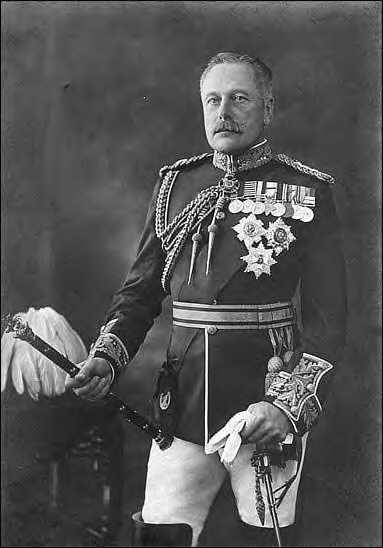
For the latter part of the 20th century, Haig was even considered almost incidental to World War I by many historians and military experts – ineffective at best, mean-spirited at worst. Though he was essentially in charge of the entire Western Front, Haig was reviled by many comrades in Britain and generals in other Allied forces.
But time and distance tend to soften even the harshest opinions, and that is certainly true of opinions about Haig. The criticism began to lessen after the publication of his diaries in 2005.
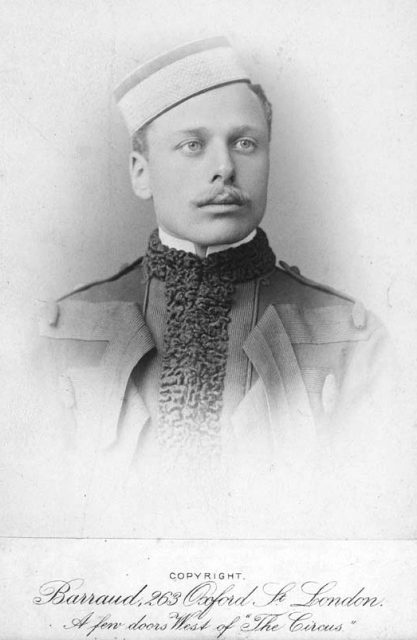
For decades, perceptions of Haig persisted largely because there was no new source material on which to base a fresh assessment. Publication of the diaries added new context and lent a “straight from the horse’s mouth” edge to researchers’ and scholars’ opinions.
What has never been up for debate is that Haig had to send thousands of British soldiers to their deaths on battlefields like Somme. What has altered now is the attitude of historians toward the man behind those decisions.
There were two versions of Haig’s diary: original, handwritten entries, and the typed manuscript that he edited prior to publication, in which he made changes to grammar, syntax and even some content.
https://youtu.be/tx41dFGvurQ
And therein lies the rub. By today’s standards, Haig comes across as an unfeeling brute, showing flagrant disregard for the well-being of his men. But in fairness, can any leader taxed with the responsibility of winning a war be blamed for finding solace in distancing himself from the brutal realities of the battlefield? Many historians argue “no.”
Like most people, Haig used his diary to vent his anger and frustration, and some historians feel it’s a unfair to assume he meant every heightened emotion expressed on its pages. But whether he deserves criticism or not, there is no dispute that Haig’s reputation took a severe lashing after he died in 1928.
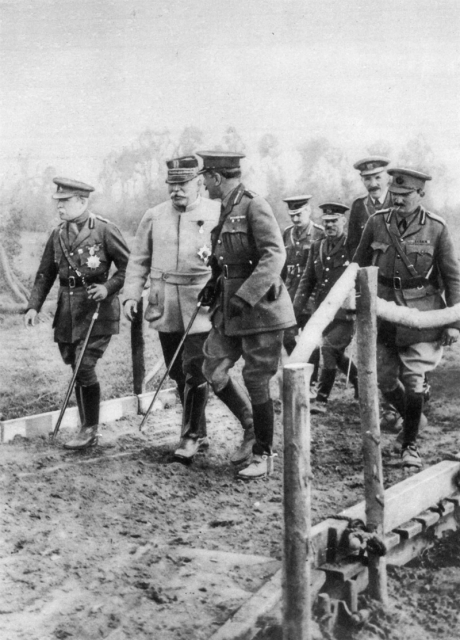
He became known as a proponent of “attrition,” a battlefield style in which one side essentially throws so many men and weapons and firepower at the enemy, that the enemy gives up from exhaustion.
In hindsight, historians agree, Haig was simply given too many responsibilities during World War I – fight battles, meet with Allies, and plan new attacks and strategies about Britain’s role on the world stage once the war ended.
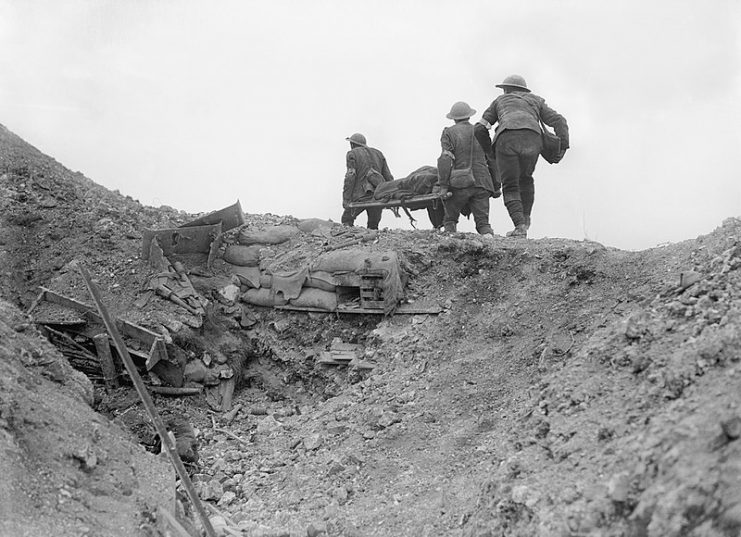
Read another story from us: The Battle of Le Cateau: Britain’s Bloody Nose in WWI
Because he died only a decade after the war’s conclusion, he was not around to defend himself against harsh detractors who saw fit to blame him for what went wrong during the war, and who gave him little credit for what went right.
His diaries helped correct those impressions, to some extent. But Haig is still a controversial figure of the Great War, lambasted by some and guardedly praised by others. The divide, no matter how much time passes, is unlikely to lessen anytime soon.
